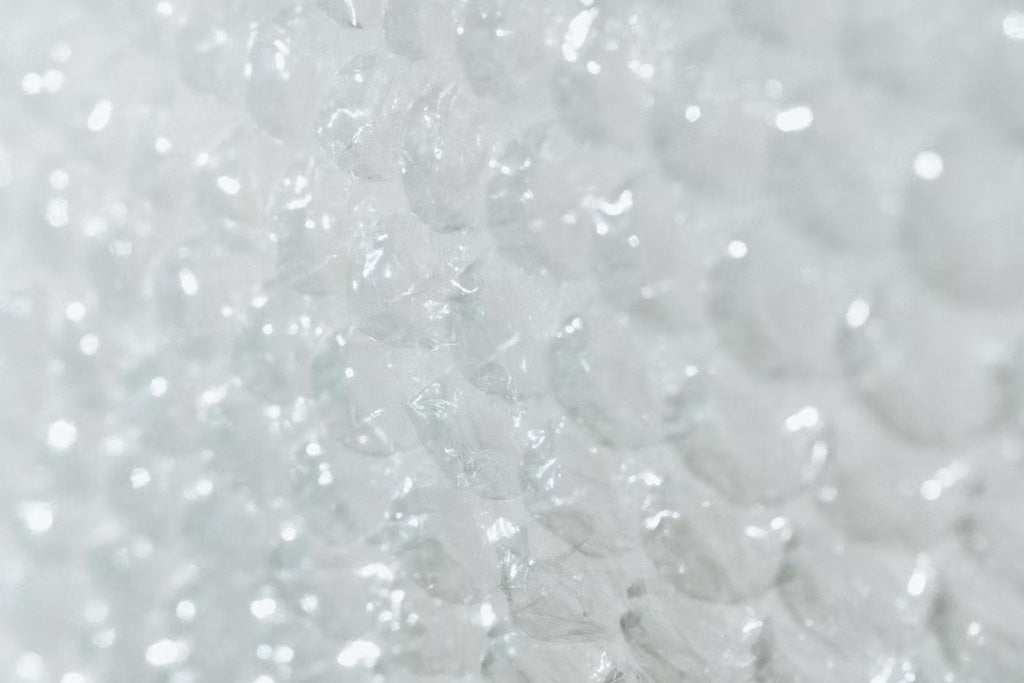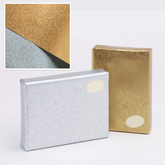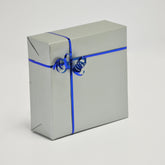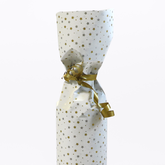Are my Products protected without Bubble wrap?

Bubble Wrap has long been the go-to solution for packaging delicate objects, due to being lightweight, cheap, and effective. However, concerns about the long-term effects of plastic on the environment have led many businesses to seek Bubble Wrap alternatives.
Is there a way to make do without Bubble Wrap, or are there any environmentally friendly packaging options that do an equally good job at protecting your products from damage? Happily, we can answer ‘yes’ to both questions! Let’s take a look.
How to safeguard your products during shipping without Bubble Wrap.
1) Use ample protective packaging
Product protection is crucial to ensure your products arrive in their original, undamaged condition. If you’re not using Bubble Wrap, you’ll have to substitute it with a non-plastic alternative – and fortunately there are now several available.
These include shredded paper, recyclable wooden chips, and tissue paper, as well as proprietary solutions such as HexcelPack and HiveWrap. As paper doesn’t offer the same level of cushioning as the plastic-enclosed air pockets of Bubble Wrap, you’ll usually need to use more material to offer the same level of protection in transit. Interior packaging needn’t be purely functional: the use of bespoke or branded packaging – e.g. layers of printed kraft paper – can enhance the unboxing experience for the customer and improve brand engagement in a way that isn’t possible with Bubble Wrap.
2) Consider product positioning
If you’re not using wraparound protective packaging, product placement within the box is essential. Place flat items in the base of the box first, then stack other products according to their weight and stability. Check that the box is strong enough to withstand the total weight of the products and avoid using oversized boxes that allow for plenty of free movement of the contents during transit. If you use standard rectangular box packaging, we recommend a void fill product to cushion the items in transit – such as shredded paper. Alternatively, you may be able to use cardboard sleeve packaging to wrap tightly around an individual item (as used by Amazon and others), without the need for additional in-box protection.
3) Check for movement
Once products have been placed in the shipping box, check it carefully for movement before sealing it. Signs to look for include items moving when you gently tip the box or the noise of products colliding during movement. These indicate that the products have not been adequately packaged, which may lead to damage in transit. Simply plug the gaps between the items, or between the items and the inside of the box, with protective void packaging to eliminate movement.
Contact us for affordable packaging solutions
If you’re seeking a reliable way to protect your goods during shipping without using plastic packaging products, please get in touch with Kudos Giftwrap today on 01923 220055.
Image Source: Unsplash






